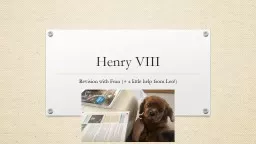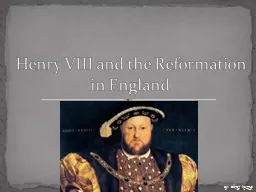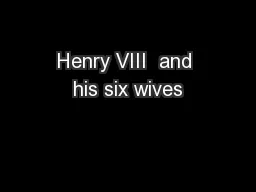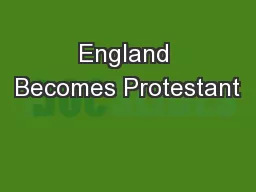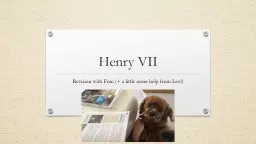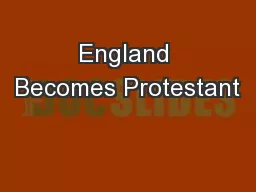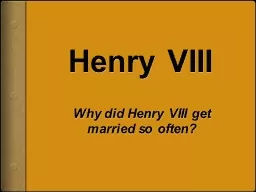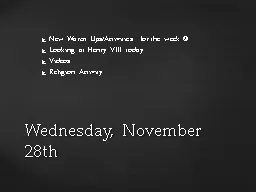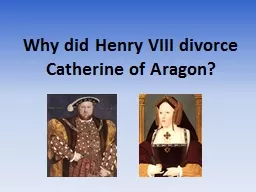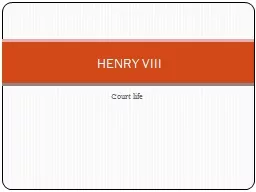PPT-Henry VIII Revision with Fran ( a little help from Leo!)
Author : alexa-scheidler | Published Date : 2018-09-25
Henry VIII April 1509 January 1547 1509 1515 1529 1532 1540 1547 Wolsey More Cromwell Factions Power of the Monarchy Government Religion Society and Economy Foreign
Presentation Embed Code
Download Presentation
Download Presentation The PPT/PDF document "Henry VIII Revision with Fran ( a littl..." is the property of its rightful owner. Permission is granted to download and print the materials on this website for personal, non-commercial use only, and to display it on your personal computer provided you do not modify the materials and that you retain all copyright notices contained in the materials. By downloading content from our website, you accept the terms of this agreement.
Henry VIII Revision with Fran ( a little help from Leo!): Transcript
Download Rules Of Document
"Henry VIII Revision with Fran ( a little help from Leo!)"The content belongs to its owner. You may download and print it for personal use, without modification, and keep all copyright notices. By downloading, you agree to these terms.
Related Documents

